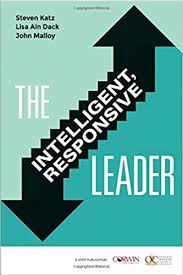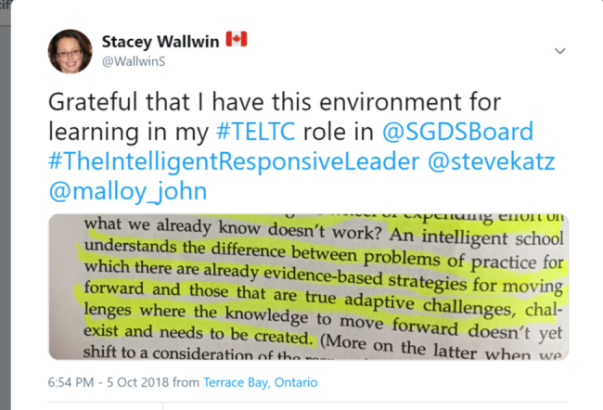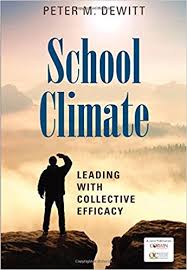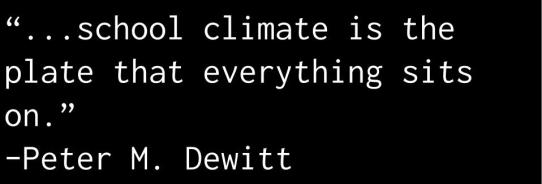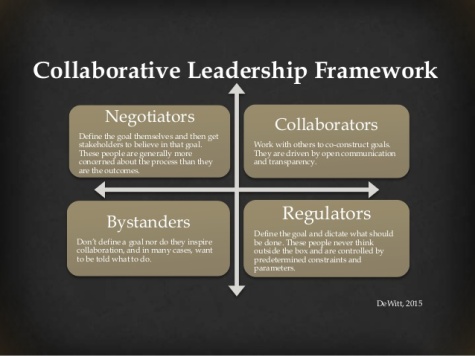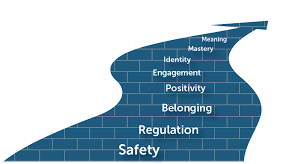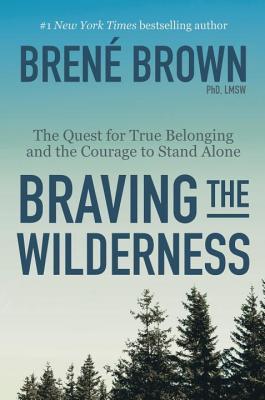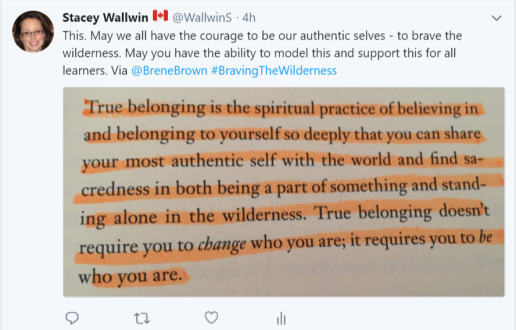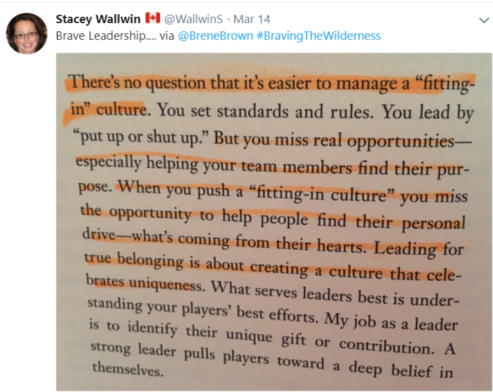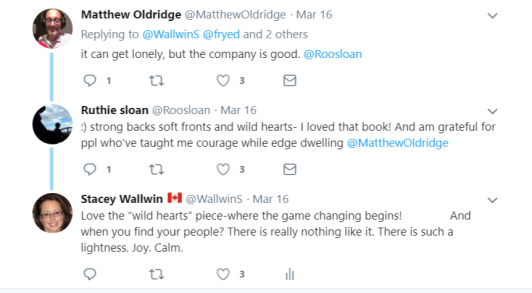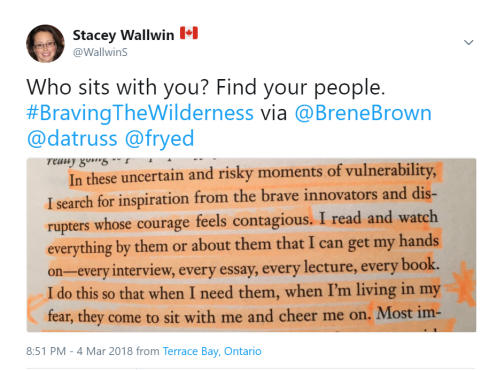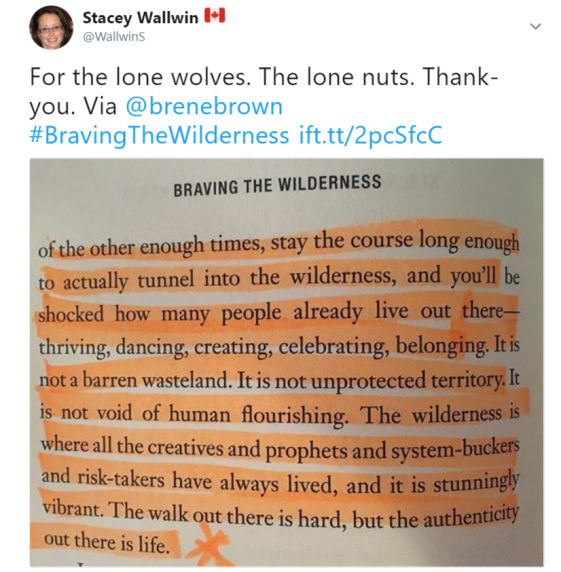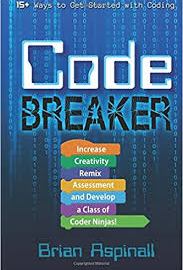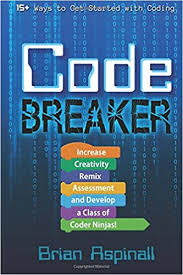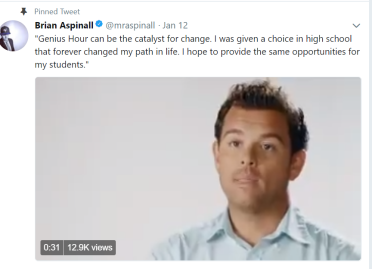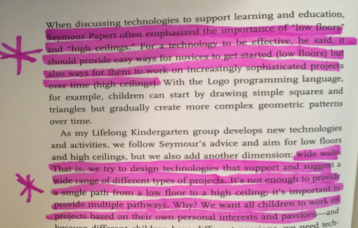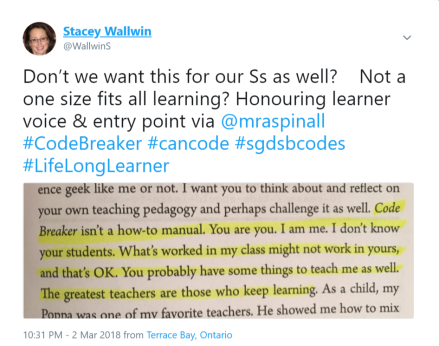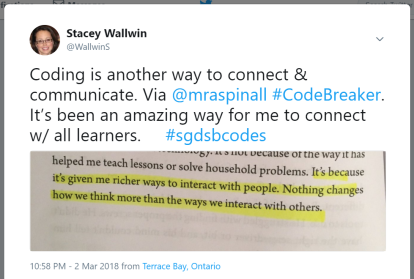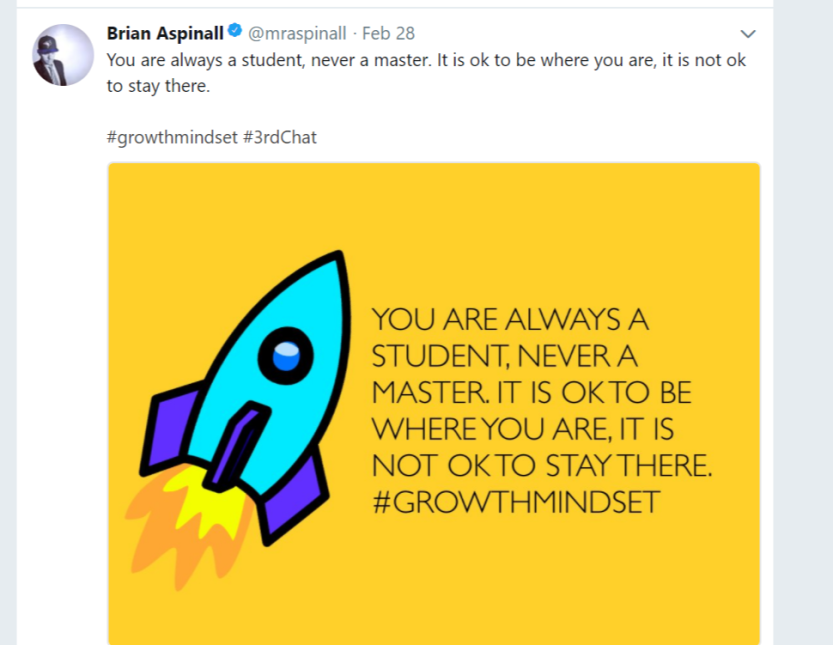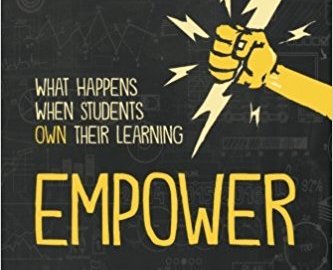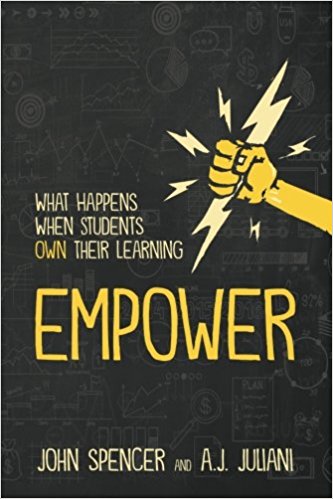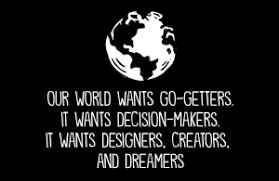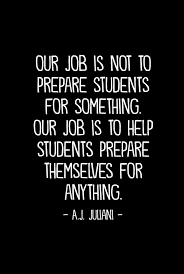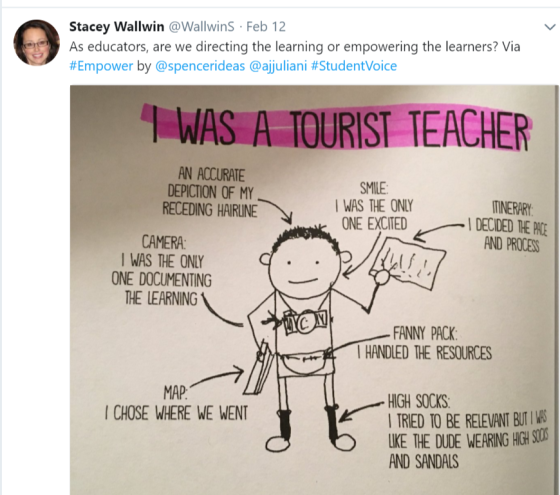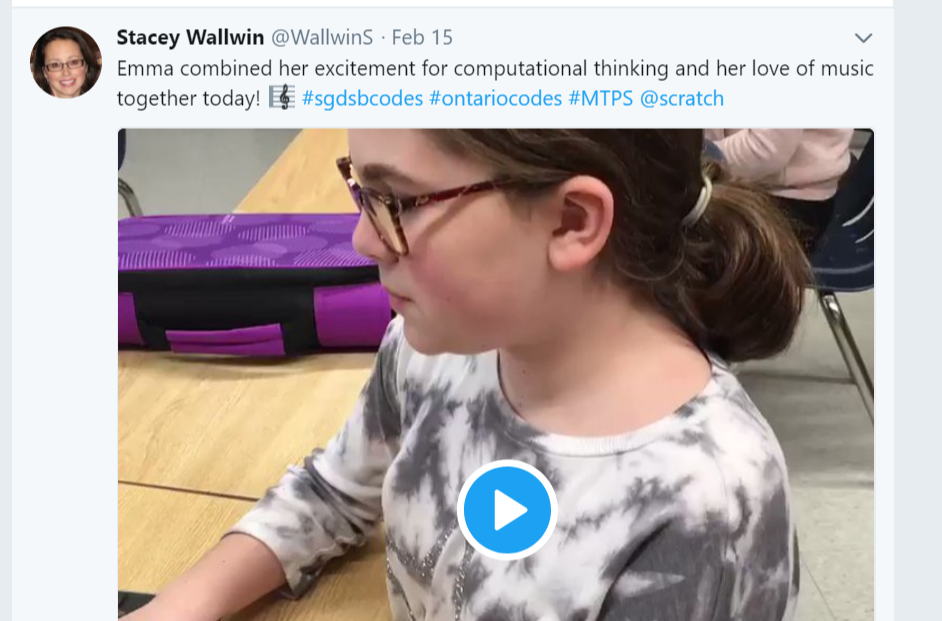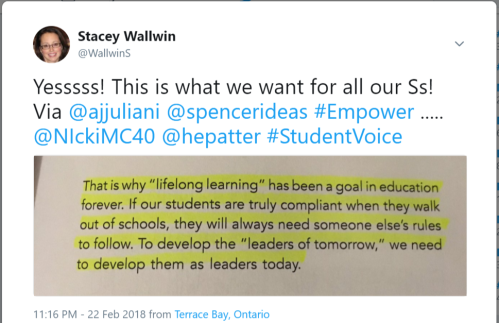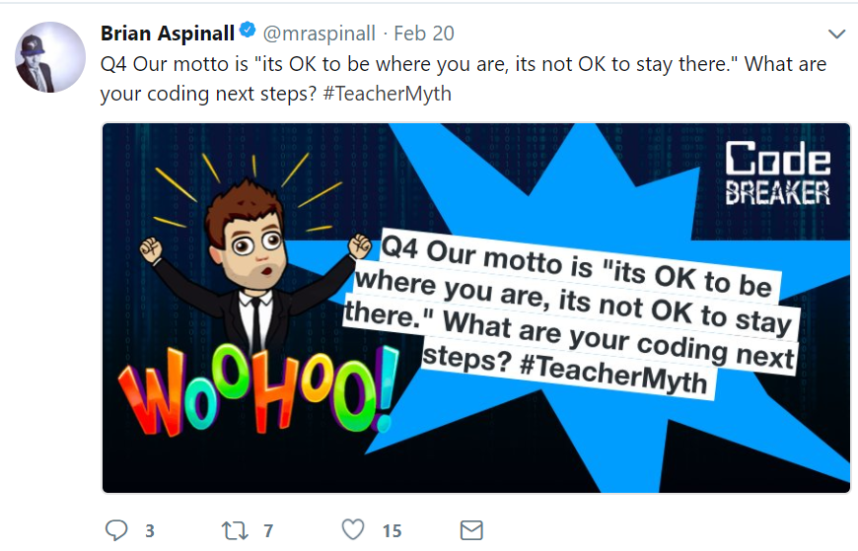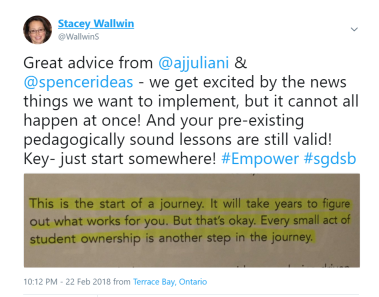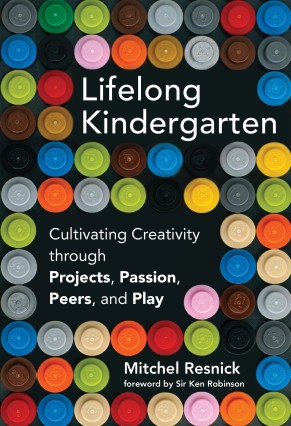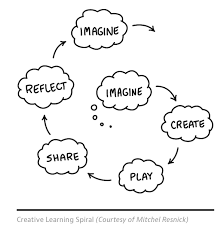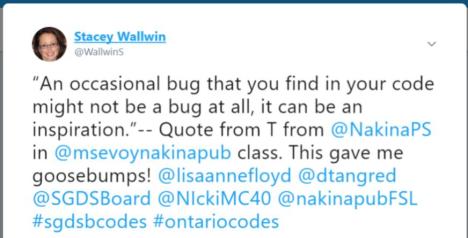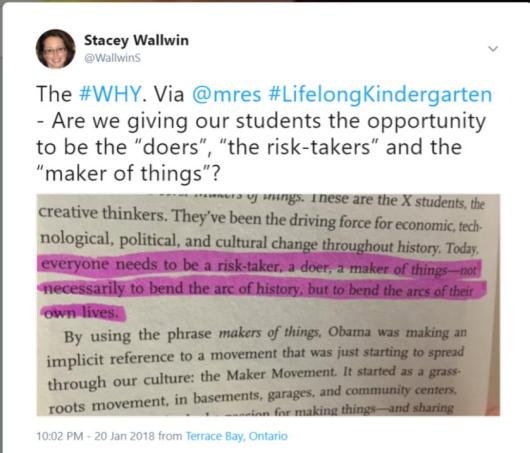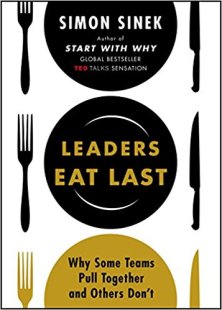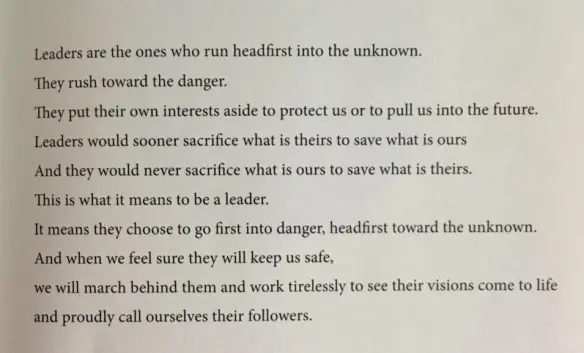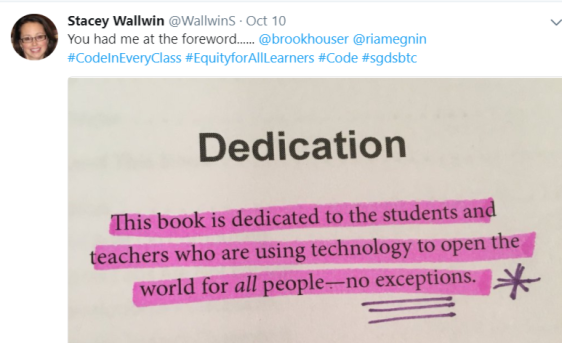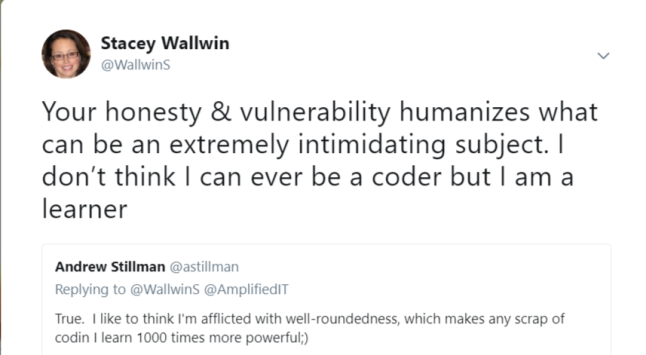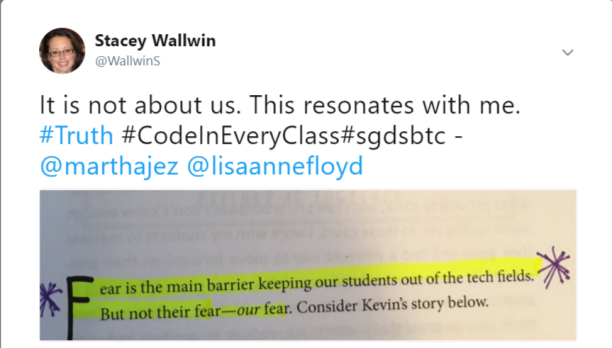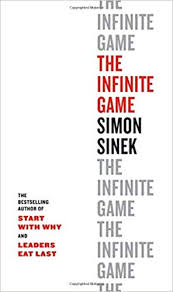
After reading Start With Why and Leaders Eat Last by Simon Sinek I was really curious about his latest book, The Infinite Game.
In his most recent book, Sinek outlines how much of our world can be viewed by the organizations that are driven by finite vs infinite goals. According to Sinek, organizations that have finite goals are driven to win at the expense of the values, resources and people who helped to “win” the game. Leaders of an organization driven by infinite goals rather, are united by a just cause. These visionaries understand that by staying focused on serving a greater purpose than raising profits, understand that we all benefit from an infinite, long-term vision. In fact, those fortunate enough to be part of these organizations are more fulfilled personally and professionally and thus are more creative, loyal, innovative and driven- all qualities that will help an organization thrive and overcome challenging times.
The book is full of examples of businesses and organizations who played the finite game and focused on increasing production, increasing profits and increasing stock prices at the expense of their employees, its customers, and any social responsibility and who ultimately lost it all in their quest to win it all. Sinek also provides multiples examples of companies with a finite vision who were pitted against companies who were lead by visionaries with a bigger, infinite vision for his/her company- think Blockbuster VS Netflix, and cab companies VS Uber. As Sinek has made clear, by winning the short-term, finite game, in the end, you are not really winning.
One concept that I did particularly enjoy is Sinek’s idea that in order to succeed, the very people that we may view as the “competition” should be viewed as “worthy rivals”, individuals who can challenge our thinking, and remind us to keep our focus aligned with our just cause. Rather than viewing this person or team, as the enemy, we can use their strengths to challenge our thinking and to push ourselves. Our worthy rivals can help us to learn to strengthen our weaknesses, push past our fears so that we can innovate and face challenges with resilience.
I’ve had a few days since finishing reading the book and I have been struggling to articulate why this book was not one big “ah-ha” for me and I think it is because, from my vantage point in education, we are already serving from a perspective of being part of something bigger than ourselves. As educators, we are already united collectively for a just cause and we work hard every day to ensure that our choices, decisions, and actions are aligned with this just cause. As educators when our students thrive outside of our classrooms and make the world a better place, those are our wins. We are in it for the long game.
If anything, Sinek’s, The Infinite Game, will remind those who have already committed to a just cause, to stay the course and continue to make the difficult choices, every day, to be a part of something bigger than yourself so that we can lead fulfilled lives while working towards a common goal that will have an impact on the next generation.
